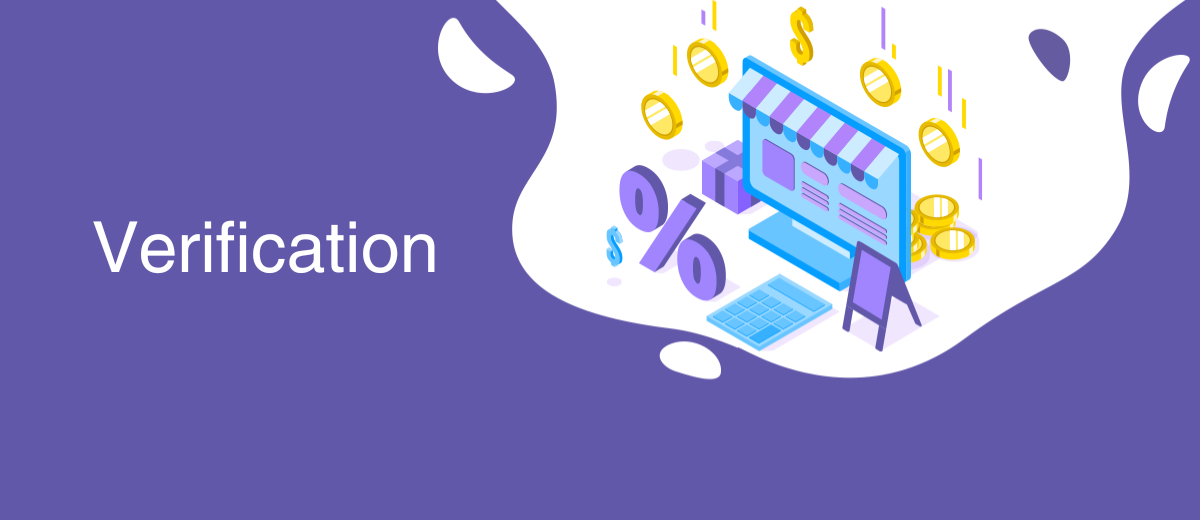Verification
Verification is the process of confirming that a product, system, or component has been designed or implemented according to specified requirements or standards. It is a crucial aspect of quality assurance, ensuring that a product or system meets its intended design criteria and is free from errors or inconsistencies before it is released or deployed. Verification is employed across various industries, including software development, engineering, and manufacturing, to maintain high levels of quality, safety, and reliability.
There are several types of verification, including:
- Design verification: This involves assessing a product's design documentation, such as schematics, blueprints, or specifications, to confirm that it adheres to the established requirements or standards.
- Code verification: In software development, code verification focuses on reviewing the source code to ensure that it meets the specified design criteria and follows best practices for programming, such as proper syntax, structure, and maintainability.
- Manufacturing verification: This entails evaluating a manufacturing process or facility to confirm that it adheres to established guidelines, regulations, or quality standards.
The verification process typically involves the following steps:
- Establishing requirements: Clearly defining the specifications, design criteria, or standards that the product, system, or component must meet.
- Designing tests or reviews: Developing test procedures, scenarios, or checklists that will be used to assess the product's adherence to the established requirements or standards.
- Conducting tests or reviews: Carrying out the tests or reviews according to the defined procedures and documenting the results.
- Analyzing results: Evaluating the test or review results to identify any discrepancies, deviations, or non-conformances, and determining whether the product meets the established requirements or standards.
- Implementing corrective actions: If necessary, making adjustments or improvements to the product, system, or process to address identified issues and ensure compliance with the requirements or standards.
In conclusion, verification is a vital process in quality assurance that confirms whether a product, system, or component meets its intended design criteria or standards. By conducting verification, organizations can maintain high standards of quality, safety, and reliability in their products and processes, ultimately enhancing customer satisfaction and trust.
Back Home eCommerce Encyclopedia
Set up integration without programmers – ApiX-Drive
Articles about marketing, automation and integrations on our Blog

